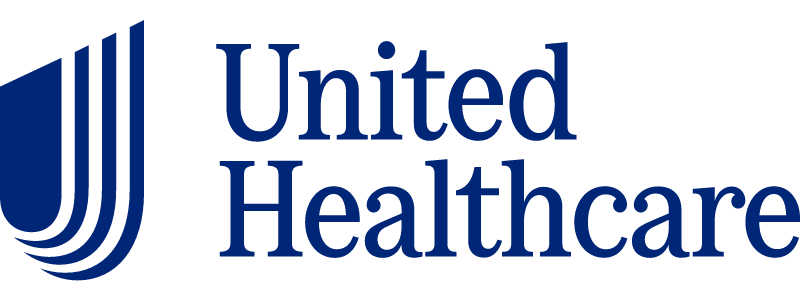Table of Contents
Teens are known for taking risks, and by their senior year of high school, nearly 60% report having smoked nicotine, drank alcohol, or tried cannabis. Given that youth spend the majority of their developing lives in school, this is an ideal setting to identify drug abuse, treat it, and prevent it [1].
Read on to understand the most commonly abused substances among students and how schools can play a key role in prevention.
Understanding Substance Abuse Among Students
Reports from the National Center for Drug Abuse show that more than half of teens have used a drug by the time they enter the 12th grade. And 86% of teens report knowing someone who has tried, bought, or sold drugs during the school day [1].
Substance abuse can look different for each teen and is influenced by several factors, such as the presence of underlying mental health problems, academic stress, peer pressure, and family dynamics. Some teens may abuse drugs to cope with underlying feelings of depression, anxiety, or low self-esteem. Others may abuse drugs to fit in with friends or increase academic or sports performance.
According to the 2024 Youth Risk Behavior Survey, below are some key insights to understanding the substance abuse problem among students [2]:
- 40% of high schoolers report drinking alcohol, with rates higher among female and LGBTQ+ students
- 1 in 5 high school students currently report using marijuana daily
- Over 2 million students report current use of a vape or e-cigarette
- 15% of high schoolers report having abused prescription pain pills
- 10% of high schoolers report trying certain illicit drugs (cocaine, meth, heroin, hallucinogens)
Warning Signs of Substance Abuse in Students
It’s important for parents, teachers, and school staff to be able to recognize the warning signs of drug or alcohol abuse in youth. Outside of the home, teens spend most of their time at school. This makes it the ideal place to detect warning signs of substance abuse and mental health problems and to provide early intervention by connecting them with support services or treatment.
The Mayo Clinic, which works with thousands of youth each year across the country struggling with substance abuse disorders, has identified possible red flags for teen drug or alcohol abuse [3]:
- Sudden or extreme changes in mood, eating or sleeping patterns, friends, physical appearance, or academic performance
- Irresponsible behavior, lack of judgment or disruptive behavior in the classroom (picking fights with teachers or peers, not following rules, breaking materials, falling asleep in class)
- Isolation and social withdrawal from friends, family, or loved ones. A once passionate and lively student may no longer participate in class or extracurricular activities
- Finding drugs, alcohol, or paraphernalia in their room, belongings, or lockers. This may include liquor bottles, beer cans, pipes, lighters, vape cartridges or boxes, or empty pill bottles
- Physical warning signs of substance abuse could include dilated or pinpoint pupils, bloodshot or glossy eyes, rapid or slurred speech that is hard to understand, and frequent flu-like symptoms without an explained cause (fever, nausea, vomiting, shaking, sweating)
The Role of Schools in Prevention
Schools act as a first line of response for students with substance abuse and mental health problems. They play a significant role in protecting the mental health of their students and guiding them to make wise and healthy decisions around substance abuse.
Some of the ways to prevent drug abuse in schools include [4]:
- Teach accurate, up-to-date information about addiction and the risks of drug and alcohol use in adolescence, without using scare tactics.
- Foster a strong support system among students, ensuring seamless communication between parents, teachers, coaches, and other school staff.
- Train teachers to recognize the early warning signs of substance abuse or a mental health crisis in their students.
- Invite guest speakers who have struggled with substance abuse, or arrange workshops to help educate teens on the reality of addiction.
- Create “exit plans,” which are solutions to helping teens say no during times of peer pressure.
- Ensure students can access support programs or personnel such as guidance counselors, after-school activities, life-skills training, and mental health services.
- Establish clear drug-free policies and communicate the consequences of violating them to teens and their families.
Benefits of Substance Abuse and Mental Health Education in Schools
Providing teens with substance abuse and mental health education can have several benefits on their overall health and emotional well-being. Not only does incorporating these topics into the curriculum prevent drug and alcohol abuse, but other advantages include:
- Reduces stigma around addiction and mental health.
- Helps teens build resilience to overcome stress and life challenges without turning to drugs or alcohol for coping.
- Promotes early intervention by identifying and treating substance abuse or mental health disorders in students.
- Increased academic performance, such as better grades, improved test scores, and higher attendance rates.
- Promotes a positive school culture by empowering students, increasing self-awareness, and encouraging collaboration between students and teachers.
Teen Substance Abuse Treatment in Texas
At Clearfork Academy, our team of licensed mental health professionals understands the complex nature of how drug and alcohol use can negatively impact the future of youth. We strive to educate parents on substance abuse prevention strategies and offer evidence-based treatments to support teens in recovery.
Contact our admissions team today to see how we can support your family.
Sources
[1] Drug Use Among Youth: Facts and Statistics. 2022. National Center for Drug Abuse.
[2] Youth Risk Behavior Survey. 2024. CDC.
[3] Teen Drug Abuse. 2023. MayoClinic.
[4] Addressing Substance Abuse in Schools. 2022. PublicSchoolWORKS Research and Development.

Mike Carter, LCDC
Alumni Relations Manager
Mike grew up on a dairy farm in Parker County, Texas. At the age of 59, he went back to college and graduated 41 years after his first graduation from Weatherford College. God placed on his heart at that time the passion to begin to help others as they walked from addictions, alcoholism, and abuse of substances. He is a Licensed Chemical Dependency Counselor and in the past few years he has worn many hats, from intake and assessment, group counseling, individual and family counseling, intensive outpatient and now he is working with clients, therapist, and families on discharge planning and aftercare. He also coordinates our Alumni Outreach Program.





